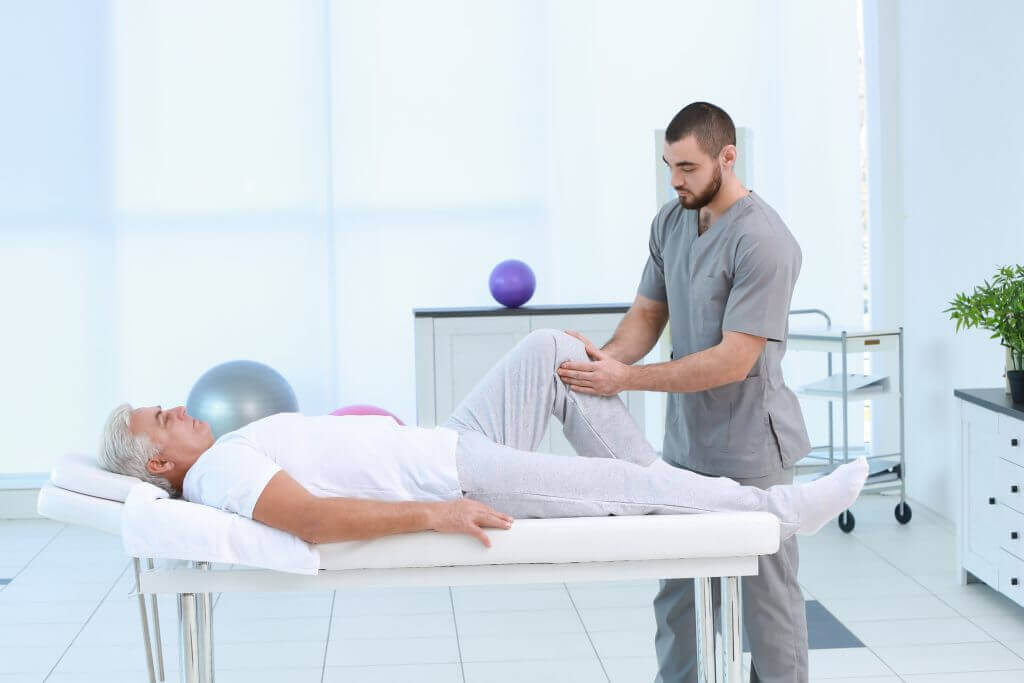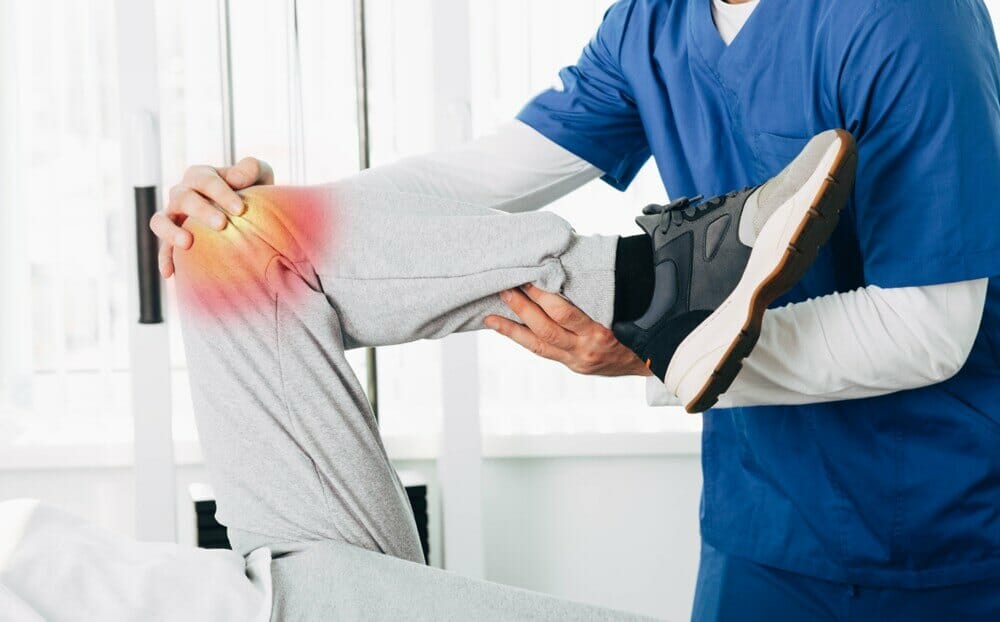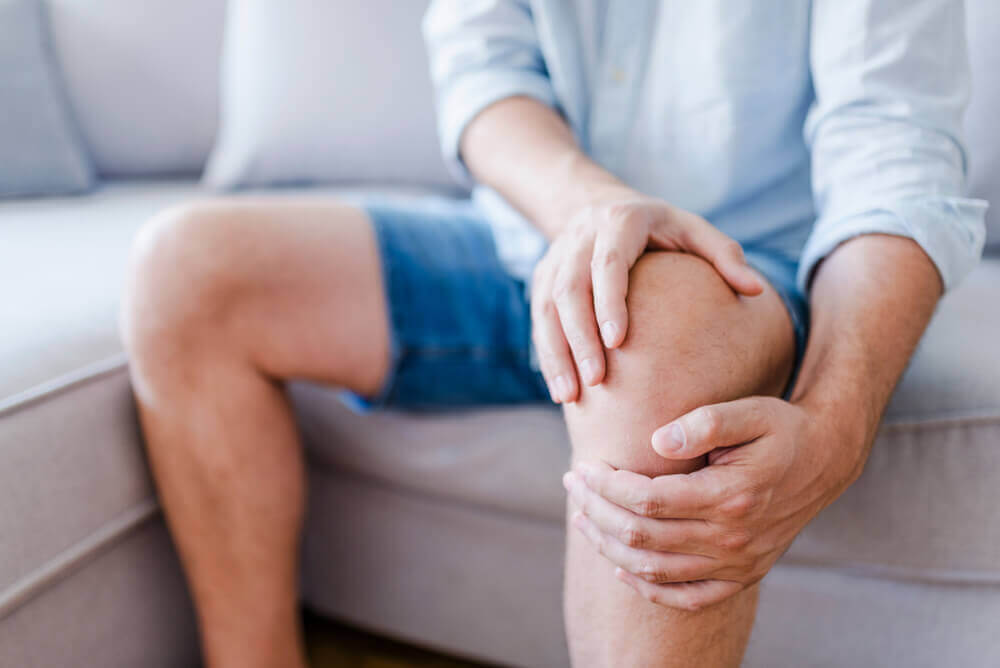
What Is Osteoarthritis?
Osteoarthritis is the most common form of arthritis and is a chronic disease which causes reduced mobility, joint pain and stiffness. Osteoarthritis is common and can affect any joint in the body. Most commonly it is the weight-bearing joints that are affected, such as the hips and knees or joints that have been particularly overloaded in one’s occupation.
Osteoarthritis results in changes to the structure of the joint or joints, which can result in pain and loss of function. Osteoarthritis will happen in at least some of the joints in our body as we age. It is a natural consequence of ageing, but it can be managed effectively. Interestingly, just because changes occur in the joints with age, it doesn’t always mean it will result in pain.
Osteoarthritis is not just an “age-related” condition and is associated with many factors such as genetic, hormonal, mechanical and inflammatory. The symptoms and pain level vary considerably from person to person, making the impacts of osteoarthritis very individual. Patients can have advanced degeneration in a joint with low-level pain or mild degeneration with more significant pain.
Osteoarthritis Symptoms
There are some common symptoms associated with osteoarthritis, however, they vary between individuals and can change over time. These symptoms include:
● Pain with movement
● Joint noise and ‘crackling’ known as crepitus
● Stiffness
● Joint instability
● Muscle weakness
● Reduction in the joint’s range of motion
Risk Factors Associated with Osteoarthritis
There is evidence which suggests that there are a few risk factors which increase the likelihood of osteoarthritis developing. Some of these include:
● A significant past joint injury
● Ageing
● Being overweight or obese
● Long-term repetitive loading of a joint
Osteoarthritis Treatment
Many see arthritis as the condition with no cure. However, arthritis in many patients is observed on x-ray without the experience of pain. Therefore, identifying what the contributing factors are to the person with arthritic joint pain is the key to a solution. Often soft tissue tightness, weakness and altered biomechanics amplify the problem. Osteoarthritis can be treated successfully by a health professional, who will create a management plan with you. Physiotherapy is very effective in minimising the complications of joint degeneration. With a professional assessment and early intervention, the majority of sufferers will respond well; being able to resume normal activities throughout the rehab process.
Physiotherapy For Arthritis
There are a few ways that physio can help with arthritis. Arthritis physio treatment uses a variety of techniques to mobilise stiff joints including soft tissue release techniques which can relieve associated muscle tightness.
Physiotherapy for arthritis provides appropriate exercise programs specific to your needs, helping to stabilise or encourage more normal movement of the joints. This allows the joint to move as normally as possible to optimise loading. As well as this, arthritis physio treatment can teach the patient to improve their posture and movement while working, moving and sitting, helping to manage symptoms.
The aim of using physio to treat arthritis is to improve mobility and restore the use of affected joints. Physio also aims to increase strength to support joints, improve fitness levels and the ability to participate in daily activities. Physiotherapists will develop an individual exercise plan to improve strength, flexibility, balance and coordination, helping you to achieve your goals as soon as possible. Your physio can also help with ways to reduce pain and stress on your joints as well as provide advice about physical activity and protective devices if needed.
Physiotherapy for arthritis aims to:
● Reduce pain and inflammation
● Strengthen joints
● Increase your range of motion
● Strengthen muscles
● Normalise muscle length
● Improve balance
● Improve posture
Physiotherapists are highly experienced in the assessment of joint and muscle function. By developing an exercise program to increase the mobility of joints and strengthen muscles, physiotherapy can improve your level of function so that what is seen on the x-ray doesn’t mean you have to experience long-term pain.




